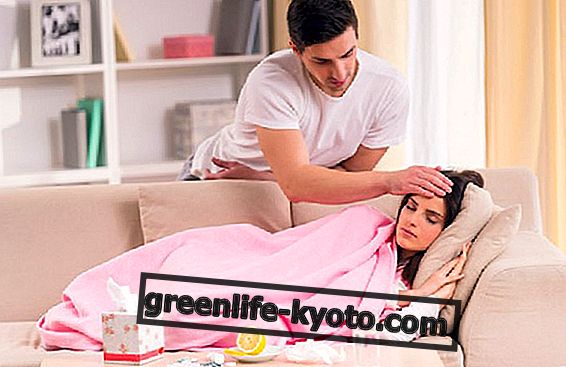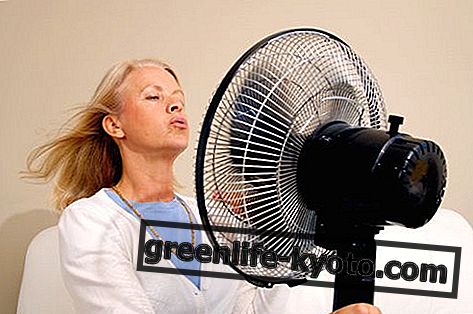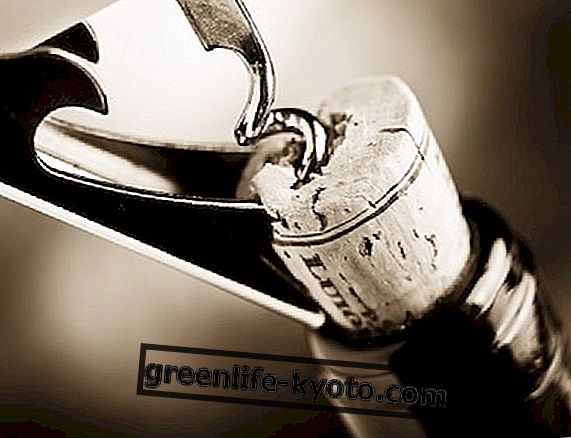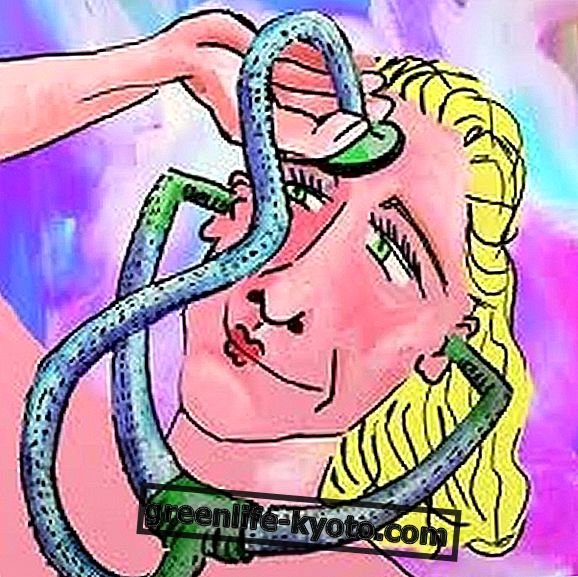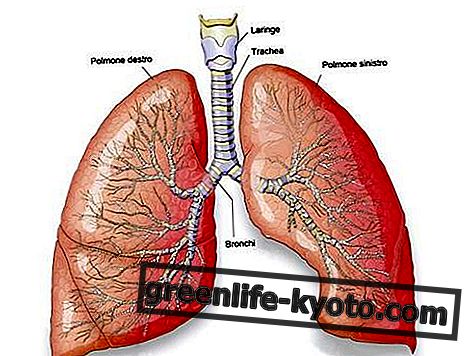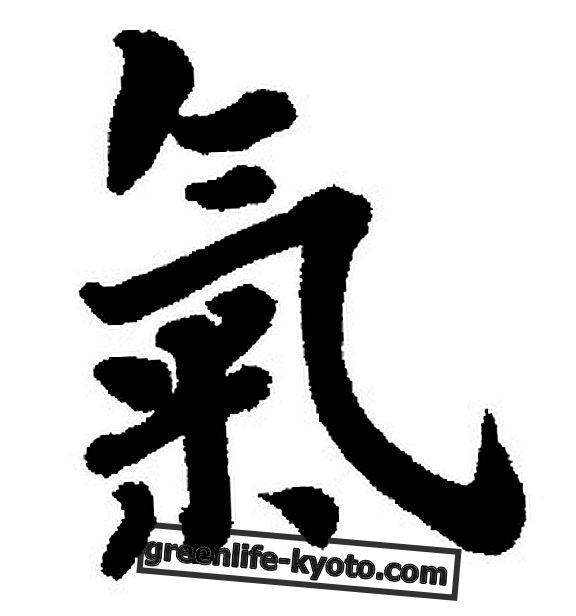
As is known, Parkinson's disease does not heal itself, but neither does it die! The average life is extended for everyone, even for those suffering from disorders of the central nervous system! In Parkinson's disease the disorders are due to the irreversible and progressive degeneration of some nerve cells of the black substance: the consequent dopamine deficiency, a neurotransmitter that connects distant neurons to each other, disturbs the activation of the circuits delegated to control the movement.
The disease manifests itself with its first symptoms around 60 years equally among men and women and is widespread throughout the world.
The causes are not yet known, consequently hoping for resolving drugs is a vain hope.
We add that, in addition to the overt disease, there are many other syndromes that produce absolutely similar symptoms.
These are:
TREMORE, RIGIDITY, SLOWNESS OF MOVEMENTS.
Other frequent symptoms are:
alteration of the spelling, alteration of the voice increasingly faint, inexpressive.
Life that remains to be lived can be long and painful if you sit down to hope or, worse, to cry on yourself. We must adopt a psychological attitude of acceptance, adopt the disease as a new companion that brings so many complications and a single element of positivity: it forces us to activity and attention if we do not want to separate ourselves from this life in a harrowing, humiliating and unseemly. The will and motivation to life of those struck by these unwanted tiles must be stimulated to the maximum ...
The phase of discouragement must soon be followed by acceptance and positive, attentive and active reaction.
The role of the family assumes great importance; an altruistic and egoistic role at the same time: helping the patient to fight and react means to remove his lack of autonomy in all the activities that make life a different condition from a cross to bear.
- Early diagnosis and immediate initiation of drug therapies are the first fundamental remedy!
- Respecting the prescriptions, the doses, the hours of administration is a mandatory task!
- Follow the appropriate diets that rationally feed the patient with everything he needs in a new clinical picture that leads to special needs also related to secondary symptoms such as: nausea and vomiting, constipation, weight loss and, over time, problems with swallowing.
- Start a rational physical activity tending to fight, slow down and prevent the most obvious and characteristic disorders of this disease. The literature has no doubt about the usefulness of physiokinesitherapy, understood as a rational and regular guide to exercise, to motor activity, to the control and self-control of movements and postures that, due to the illness, are profoundly altered.
When the patient starts a virtuous kinesitherapy course, there is a noticeable improvement in incorrect attitudes due to the lack of fluidity of movement, their slowness, reduced neuromuscular coordination.
It is a question of having an attitude towards motor activity aimed at contrasting operational slowness, motor slowing down and rigidity.
The result of these conditions is the acquisition of new, pampered postures both in the standing posture that appears inclined, and in the walking that appears uncertain, and in the balance and balance that lose security by acquiring harmful postural syncinesia.
Already after the first sessions of physiokinesi patients report an improvement in mood, an attitude that helps to face everyday life and that triggers physio-psychological processes of satisfaction that improve the degree of autonomy in domestic activities over time.
Limited to all this is the operational clumsiness aggravated by the force of gravity, the risk of falls or shock injuries that can lead to fractures or strong bruises which must be followed by periods of absolute rest, adequate therapies often bloody and invasive (surgical interventions), long periods of rehabilitation and functional re-education that sometimes constitute the coup de grace to the motivation of the patient who entices or knows the dangers of the wheelchair, abandoning for fear the resumption of the paths of Physiokinesi.
Let us now try to imagine a safe, warm, padded, anti-traumatic operating environment, without edges and obstacles, an environment that reduces our gravity load to a minimum, giving back to our movements the fluidity, lightness, naturalness and safety of the past … We are certainly not talking about a lunar environment, but of the wonderful and welcoming world of water, created in a tank at a temperature of 31-32 degrees, where it is possible to walk and where it is easy to access thanks to easy routes (inclined planes or elevators) for the most serious cases).
We are talking about a path of HYDROCHINESIS, a rehabilitative facility to be exploited and not only in patients like ours.
In water it is possible to work, safe and at ease, with the aim of improving
- all physical qualities (strength, strength, speed);
- conditional qualities (muscle elasticity leading to improvement of joint excursion, neuro-muscular coordination).
TREMORE CONTROL:
The oscillations of the hands, feet, lips, neck and head obtain a notable contribution to their control thanks to the contact of the body with water; the sensation of contact with the water recorded by the tactile receptors is sent to the brain which increases the control action on the tremor as it occurs on land when a voluntary and finalized action is initiated.
EFFECTS ON BRADICINESIA (slowness of movement)
Modifications regarding fine motor skills through motor activity in the water are not detectable, but the ability to move from one position to another is greatly improved: sitting down and getting up, lifting off the ground, turning around, running, jumping, getting up after a fall! Memories of past regret? No of course, in the water everything is possible again!
In the bath you can easily simulate a fall, even ruinous ... letting yourself fall, you certainly don't risk hitting the floor or against a piece of furniture ... You don't run the risk of getting hurt, of breaking yourself or getting bruises! Even in the most equipped gym it can happen to get injured, never in the pool.
One of the global coordination exercises that I propose to the patients that I have the good fortune to follow is just to let fall both forward and backward: one falls without getting any trauma, one must strive to not lose orientation, one must use any residual proprioception resource to know how to resume, reorganize and proceed to return to the standing station.
How wonderful of exercise! ...
I quote this with pride not to discourage but to positively exacerbate the concept of security during the session: an elderly person at home must never fall! Osteoporosis, capillary fragility, head trauma, ... how many problems for a dry fall, on land.
In my aquatic classroom, none of this! Having overcome the initial astonishment for "the invitation to let oneself fall" the patients carry out the exercise with confidence, marveling at the results obtained in a particular way when together we rattle off the list of the abilities that are stimulated in completely immersing oneself (breath control and 'apnea), in resuming a hydrodynamic attitude that allows through the buoyancy to pass from a long and prone position, to a collection of the whole body that by shortening "barrel" orients the lower limbs towards the bottom of the pool that precedes the return to the standing station; all complicated and therefore even more stimulating by the presence of so much water on the face, on the eyes and ears (important organs for balance exercises).
RIGIDITY'
The annoying and sometimes painful hypertonia that affects the limbs, the neck, the trunk thanks to the relaxing, decontracting and antispastic action of the hot water up to 34 degrees find that sought relief in massages, drugs and remedies. The reduction of the tone increase facilitates the fluidity of the movement and allows during a walking exercise to recover the often forgotten swing of the arms associated with the step. To suggest at this point all the simple gaits (forward, backward, lateral and with a crossed step) is pleasant and easy.
DISTURBANCES OF THE WAY
Short steps, "destination" (inclination forward and pace that chases the center of gravity) are disturbances that are very well controlled in the tank. 90% of our body weight is lost with the neck water; this facilitates postural control, straightening, improving walking.
An emblematic experience that our discourse on hydroquinesi can include among the strengths, to be recommended in cases of overt disease and parkinsonism, is that concerning the very annoying phenomenon of "freezing", freezing of the legs, in which the feet of the subject appear glued to the ground.
Our experience recites cases of patients who, as soon as they enter the water, seem miraculously solved! We observe a temporary disappearance of the very annoying trembling of the legs which, when in contact with water, totally regresses: the patient begins the journey, stops, starts again, performs all possible gaits (forward, backwards, sideways, with knees high), on the toes and on the heels) that succeed each other without any stops or uncertainties ... A positive effect that unfortunately disappears as soon as you leave the water and return to the mainland!
We believe that the cause that favors a temporary return to normality is to be found in the bombardment of centripetal inputs deriving from the contact of the tactile sensory receptors of the body surface with water: the sensations of heat, cold, damp and wet that reach the central nervous system constitute a sensitive by-pass that unlocks the brain allowing it to transmit the impulses of the start of the step at any time, without uncertainties, tremors, blocks. The subject, relieved of the problem, participates very motivated, performs the entire re-education session excellently, allowing the hydrokinesi operator to suggest the performance of exercises aimed at organic conditioning, muscle toning, movement looseness and therefore rediscovery of the essential elements of neuromuscular coordination.
It is observed, however, that if the hydroquinesi session is too long the brain no longer enjoys the disinhibiting action of the "bypassing" sensations and returns to be a victim of the previous difficulties. The hydrokinesiologist will then be responsible for interrupting the session when the first negative signals begin to appear again ...
POSTURE CONTROL
The effects of bradykinesia, stiffness, vertebral pain due to arthrosis, and attitudes of depression lead the patient to assume altered postures that tend to sag. The contact of water with the back, with the trunk, the use of the supine floating positions supported by the operator and / or teaching aids such as tablets or tubes, cancel the gravity load and allow moments of vertebral decompression that are analgesic and decontracting: starting from this supine attitude, simple symmetrical and simultaneous arms rowing are suggested which stimulate the work of the shoulders, back, paravertebral and lumbar muscles leading them over time to a positive toning.
Working in water for posture using the stimuli of the water, of the wall, the indications of the kinesiologist, self-control through graduated mirrors placed on the edge of the pool is a challenging but winning practice. Posture and coordination are correlated: they therefore help the exercises that require the association of movements of the lower limbs with actions of the upper limbs:
walking simulating the march, the swing of the left limb must be combined with the action of the left leg making the step;
match the right step with the elevation of the left limb;
perform a lunge: long stride with bending of the right limb to which is associated the elevation of the opposite upper limb which simulates to strike with a fist or with a sword replaced by a small floating handlebar;
match the action of the right step with the opening of the arms to the candelabra, at the left step the closing of the arms.
The difference compared to sitting in the gym is being immersed in water around your neck, not weighing, not risking falling.
BALANCE DISORDERS
They appear late and are not favorable symptoms. The active and controlled life, the regular motor activity removes the appearance and the exercises proposed in the water can train the control of the balance by getting used to the variations of structure, to the control of the center of gravity, to resist the fall ...
- Walk in balance on a tub bottom line;
- slalom from one lane to another;
- walk on the steps that make up an elevated walkway over the water;
- fall and get up;
- run and jump in the water;
- walking suspended held by a belt;
It is not possible to create these operating conditions except in the water!
I SWIM
Only now we talk about swimming; hydroquinesi has nothing to do with it; but also for those who are able to swim, for those who are not, and for those who have never known how to do it is an excellent exercise that aims at many goals:
Let's start by saying that the use of an aquatic fitness belt is a very important element of safety and facilitation:
- the reassured patient lends itself to pedaling in suspension combined with the action of the frog arms;
- waist belt, collar at the neck and tube floating under the popliteal area place the patient in an enviable and safe dorsal position similar to being supported on strong arms; invite to perform dorsal paddling with arms that simultaneously and symmetrically start from the shoulder line and row up to the thighs allowing propulsion, displacement and swimming for tubs and tanks, thus training the residual but increasing capacity for organic resistance and strength resistant to all the muscles of the arms and trunk;
- use the mask and the snorkel for swimming in a prone position
How many contributions to resistance, strength and joint mobility can be drawn from previous proposals!
RESPIRATORY EDUCATION
Motor activity in the pool requires the control of respiratory mechanics:
- splitting and controlling the inspiration phase from the exhalation phase is a necessity rather than an exercise;
- proposing small phases of apnea leads to good inspirations and to check thoracic cage and diaphragm;
- follow long, adequate inhalation and slow expirations on light immersion, causing air bubbles to overcome the pressure of the water on the mouth;
all this helps to tone the intercostal muscles and the diaphragm thus attempting to slow down the progressive and sometimes ineligible alteration of language and the lowering of the tone of the voice.
MOOD CONTROL
It is a bit the synthesis and conclusion of our work: to know that we are sick and that we cannot heal, to see ourselves progressively less autonomous and safe, to experience moods that are not positive, to suffer the effects of the reduction of noradrenaline and serotonin linked to dopamine deficiency can lead to depression and anxiety, panic attacks or frequent mood changes; it is important that the patient is socially possible as well as friends and family, gyms and swimming pools because the effects of sociality can only be useful for self-control and distraction. Having fixed appointments (swimming pool, gym, speech therapy, cinema, theater ...) makes you feel part of a daily tram tram that otherwise is too slowed down.
As far as we are concerned as operators of hydrokinesi we must be able to build a stimulating, welcoming, non-repetitive psychological working climate. An environment that puts the needs of the patient at the center of our care, our attention, our studies.
A situation that stimulates active, motivated participation, which creates tension, which relaxes, which invite precision but also determination, expression of strength, courage, sympathy, smile ...
Perform the exercises according to various rhythms, alternating phases of strength with phases of relaxation, phases of strength (how to simulate hitting something) at moments of slowing down ...
And the patient will be invited to the mimic expression of every mood, thus fighting the gray and apathetic face that can characterize his daily existence.
Unless Scebba
